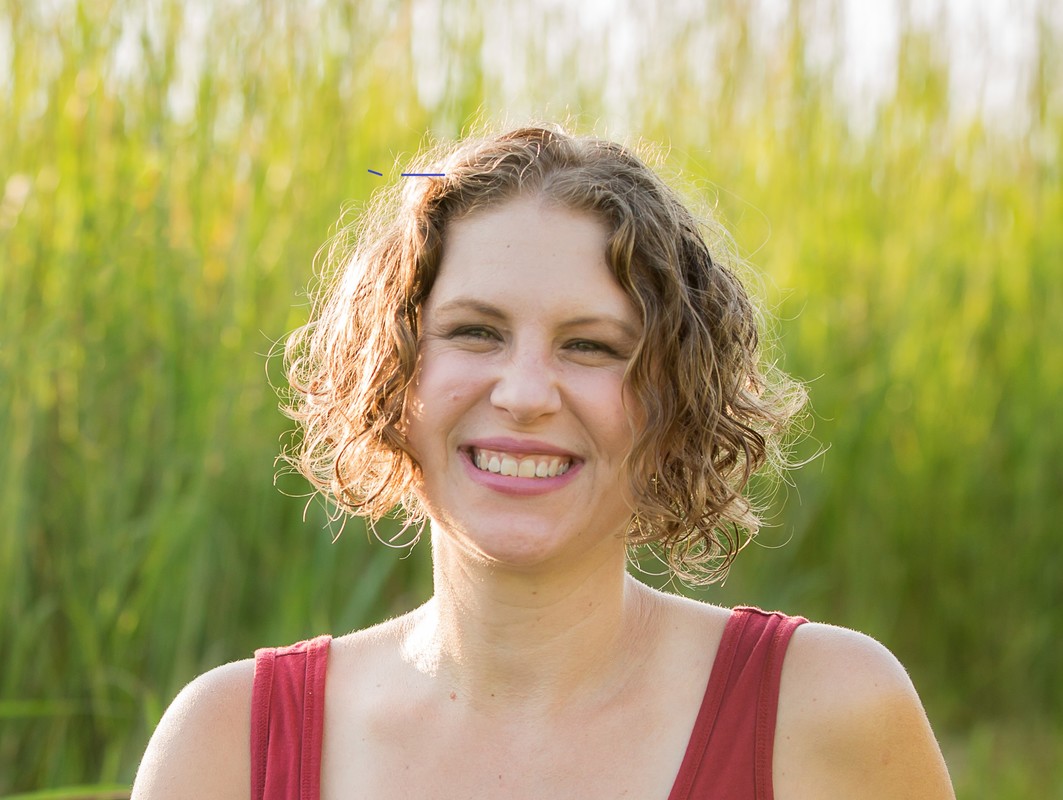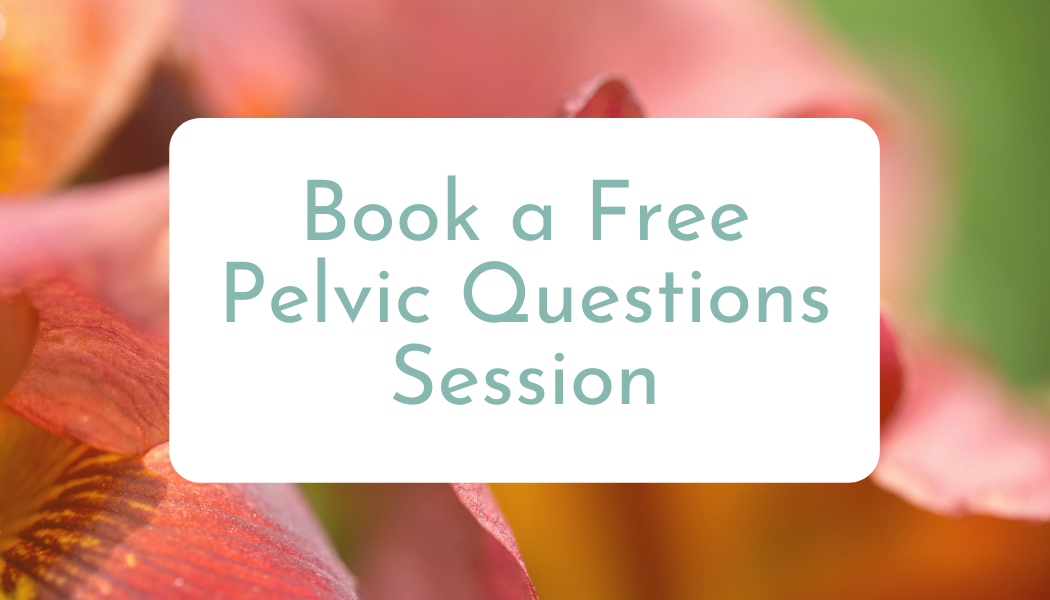Season 3 Episode 7 TranscriptFirst, do you know what an RSS feed is, in the technology sense? It’s an acronym that’s defined a couple of different ways but the one I like best is Real Simple Syndication. This is the term for automatic updates of information that are compatible with many types of users.
So, for example, this is the way your podcasts are kept up to date in Apple or Spotify or Stitcher or Podcast Addict or whatever platform you use- each podcast has an RSS feed that all the players can access, so each time a podcast episode is published, it automatically becomes available on all the podcast players out there. The podcaster doesn’t have to manually go in and update every single platform that plays podcasts. This is an automatic process, and it’s a simultaneous process. New information becomes available, and poof! It’s shared everywhere, all at once. This is a SUPER metaphor for what’s happening in your body when you learn something new! One of the first lessons you’ll always get from me is how to set up truly parallel feet. But when you practice this, it’s not just about your feet. The practice of this position is automatically and simultaneously updating information all over your body- muscles are engaging and disengaging. Nerves are activating, proprioception is being built, balance is changing, even internal systems are being affected like breathing and digesting and circulating blood. So my own, physical, holistic version of this RSS feed stands for Release, Stretch, and Strengthen. When these 3 things are practiced consistently and together, they create the environment your body needs to establish the movement patterns that release the tension, build the structures, and relieve the discomfort that we don’t want to live with anymore! RELEASE refers to holding tension in your muscles. I focus on muscles with this RSS feed idea because they're the parts in your body that you have the most control over. When you improve how they work, you’ll automatically and simultaneously improve how all the other structures work too, like the tendons and ligaments and bones and nerves and blood vessels… all the stuff. So, release. This is a passive practice, and that can be hard to wrap your head around since we’re usually taught that everything that’s good for us is active. But we often hold active and inappropriate tension in muscles when they’re at rest, that impacts how we move and how we feel, so it takes time and inhibition training to let that tension go. The line I use here all the time is that “Sensation is not the best indicator of success!” So when we’re doing a release move in my PF personal training program, you might not feel the “stretch” in the body part that the move is named for. You’re releasing tension in a body part that is potentially so used to being tense, you don’t have the sensory nerves there anymore from training yourself to ignore it. Try this- can you lay on your back without:
If not, maybe your psoas needs some releasing! This is the same principle that’s in play when you wear toe spacers- you’re passively releasing the muscle tension that’s created by wearing narrow shoes, with a heel, that pitch you forward. Basically your feet clench to try and prevent you from falling on your face, and that’s become a totally normal state of affairs. Toe spaces are passive tools that help you regain a natural foot shape and mobility level. STRETCH is the second part of my holistic RSS feed. When you stretch your muscles, you feed information back to your brain about your available range of motion- not just in that muscle, but throughout your whole body. Stretching your feet loosens your hips. Stretching your core improves your neck. Stretching your hamstrings impacts your shoulders. The thing to know here is that muscles have 2 parts. The “belly” of the muscle is the classic, all-red-on-the-anatomy-pictures, part of the muscles. It’s all muscle fibers, which kinda move like a combination of velcro and tug of war. So a good stretch backs up those velcro hooks, and gives more space for the tug of war to happen. The other part is the “ends” of the muscles. Muscles connect to your body though connective tissue, but there’s no hard and fast boundary where red muscle fibers become white connective tissue. They overlap, with fewer and fewer muscle fibers closer to the bone and fewer and fewer connective tissue fibers closer to the belly of the muscle. This is important because these ends can stretch too, and worse- they can tear. So stretching with good form, slowly without bouncing, and with resistance, will not only give you more range of motion in the belly of the muscles, but also more elasticity in the ends of the muscles. This is helpful for when we have to use the ends of the muscles, like in emergency situations, so that you don’t tear things we don’t want tearing. Finally, STRENGTHEN is the final piece of our holistic RSS feed. My thing here is functional strength. I don’t care how many pull ups you can do, if you can’t pull a suitcase or pick strawberries without throwing out your back. It doesn't matter how many miles you can run or how many pounds you can leg press, if you can’t safely pick up and put down your child dozens of times a day. Strength isn’t an aesthetic thing, it’s a functional thing. At the end of the day, the point of exercise (at least according to me, anyway) is to be stronger than your average day, so that your average day is super easy for you to get through. Practicing these RSS steps benefits not only the parts of your body you’re working, be it limb strength line hamstrings or biceps, or core strength like your breathing muscles or pelvic floor, but it also benefits your whole self to work together in a more complete, functional way- automatically and simultaneously. Listen to the Episode Here
0 Comments
Season 3 Episode 6 TranscriptHi there, all you listening listeners out there. If you are a regular listener, you’ll have noticed that I took a bit of a mid-season hiatus there for bit. Where I live in southeastern Pennsylvania is starting to open up and get moving again- actually it has been, but I’ve been slow to follow! As I’m starting to open up myself more, I took some time to reassess things like how I’ve been connecting with you.
I’m starting on an alternate-week plan, where I’ll be putting out online content like this Holistic Lifestyling podcast, every other week because on the alternate weeks- drum roll please!- I’m going back to some in-person workshops! Now, these are going to be local to me here in the Philly ‘burbs, so if you’ve got a good idea for a location that might want to host me, hit me up on email and let me know what you’re thinking. And if you’re not local but you’re thinking, “Hey, I want a workshop!” then let's work on figuring out an online version for you! Point is- this podcast is moving to every other week, and I’ll be working on my live and in-person, maybe through a screen, workshops so I can see your faces again! Now, toe spreaders. Before we jump into all things toe spreaders, let me reiterate that these little doohickeys aren’t your first step into the foot mobility game. Foot mobility is huge, I’ve talked about that before, and it’s a challenge to develop it because we’re constantly using our feet. My approach to all things holistic wellness is to take mini steps, both so that you can incorporate them into your normal life and forget there was a time you didn’t do the thing, and also so that you don’t overwhelm your body with big huge changes. Yes, you could injure yourself, but it’s even more likely that you’ll just inconvenience yourself with some really inappropriate soreness and annoyances that override how important you know these things are, and you’ll just stop. Please don’t stop. Just take it a little easier, and it’s so much easier to keep going. In regards to toe spreaders, these are a big-ish step. I always recommend starting foot mobility with two smaller steps first- toe fingers, and toe socks. “Toe Fingers” is interlacing your fingers in your toes, like you’re holding hands with your feet. Do this while you’re sitting at home relaxing, and do it until it doesn’t drive you crazy anymore! We tend to hold ourselves very tightly, literally and figuratively, and this is evident in the amount of discomfort, anxiety, anger, and even panic that comes out when we physically open ourselves up at our feet. Don’t be alarmed at the emotions that can bubble up, and take your time working through this. When it’s not so uncomfortable to do toe fingers anymore, graduate yourself to toe socks, the ones with the individual toes like gloves. Toe Sock sare the next step because the fabric is thin and flexible, so it’s not as much work as Toe Fingers for your feet, but they’re persistent. So it’s less space than your fingers created, but you can wear them for minutes, or even- dare I say- hours. Again, start with wearing them when you’re relaxing at home. You can peel them off when you’ve had enough, and work your way up to wearing them in shoes or during exercise classes. What a thought, right? When toe socks are easy peasy for you, NOW is when we talk about toe spreaders. These are silicone contraptions that look like brass knuckles- and indeed, that’s how you wear them, but on your feet. You’ve got to thread your toes into each of the loops, with the soft spacers between your toes. And again, start small, comfy at home. This isn’t just a mild suggestion, either. I have very flexible feet, and the first time I wore my spreaders my new toes were purple after 15 minutes. They’re just not used to physically being moved apart this way, and not only will your foot bones and muscles and ligaments and tendons strengthen and improve with this practice, but so will your foot circulation- I promise! That’s the how- now for the when, and then the where. Since foot mobility is important, wear your toe spreaders whenever you can! But if I had to prioritize, I’d encourage you to slip them on after you wear shoes that crunch your toes. When you put shoes on, check and see if you can lift and spread your toes. If your toes run into the walls of the shoes, that’s a toe spreader fix. The other important thing to know is that backless shoes also crunch your toes, since you have to scrunch them up to keep the shoes on. So anything that doesn’t cover the back of your ankle- slides, mules, flip flops, you get the picture- also needs some toe separators to set you back up with good space and function. So, the big question- what toe spreaders should I buy? Are they the same as pedicure separators? NO! No they’re not. Usually with a pedicure, you’ve got some stiff, disposable foam or cardboard separators that don’t have a bottom piece, and that’s not what we’re talking about here. Toe separators are like brass knuckles- loops for your toes to fit in, thicker bits of padding for between the toes, and made of silicone not brass. The key here is the material. You want a nice, soft, flexible silicone- and the best way to figure this out is to read some reviews. Toe separators that are too small or too stiff are worse than not wearing them in the first place! You’ll probably notice I'm not being specific here. That’s on purpose, because as soon as I recommend a specific brand they’ll change their manufacturer, or go out of business, or something will change. So read some reviews online, give them a stretch and squish to test them if you’re buying them in person, and get them on your feet! Once you’ve built up with toe-fingers and toe sock, that is. I would LOVE to hear your experiences with toe fingers, toe socks, and toe spreaders. Have you used any of these techniques before, or are you using them now? What are your best tips and ideas for finding them, for buying them, and for remembering to use them? When do they help you the most? How long did it take you to feel semi-comfortable using them? You can email me or jump into the comments on my Instagram post for this episode. Talk to you soon! Listen Here |
Fun Fact: I'm an herbalist and a movement coach. Not a doctor, or a pharmacist, and not pretending to be one on TV.
This is a public space, so my writing reflects my experiences and I try to stay general enough so it might relate to you. This does not constitute medical advice, and I encourage you to discuss concerns with your doctor. Remember, however, that the final say in your wellness decisions are always yours- you have the power to choose, you are the boss of you. And, some of my posts may contain affiliate links. If you make a purchase through them I'll earn a few cents. Thank you for supporting my work. This website is provided for educational and informational purposes only and is not medical, mental health or healthcare advice. The information presented here is not intended to diagnose, treat, heal, cure or prevent any illness, medical condition or mental or emotional condition. Working with us is not a guarantee of any results. Paula Billig owns all copyrights to the materials presented here unless otherwise noted. Categories
All
Archives
July 2021
|
|
info @paulaswellness.com |
DisclaimerThis website is provided for educational and informational purposes only and is not medical, mental health or healthcare advice. The information presented here is not intended to diagnose, treat, heal, cure or prevent any illness, medical condition or mental or emotional condition. Working with us is not a guarantee of any results. Paula Billig owns all copyrights to the materials presented here unless otherwise noted. |

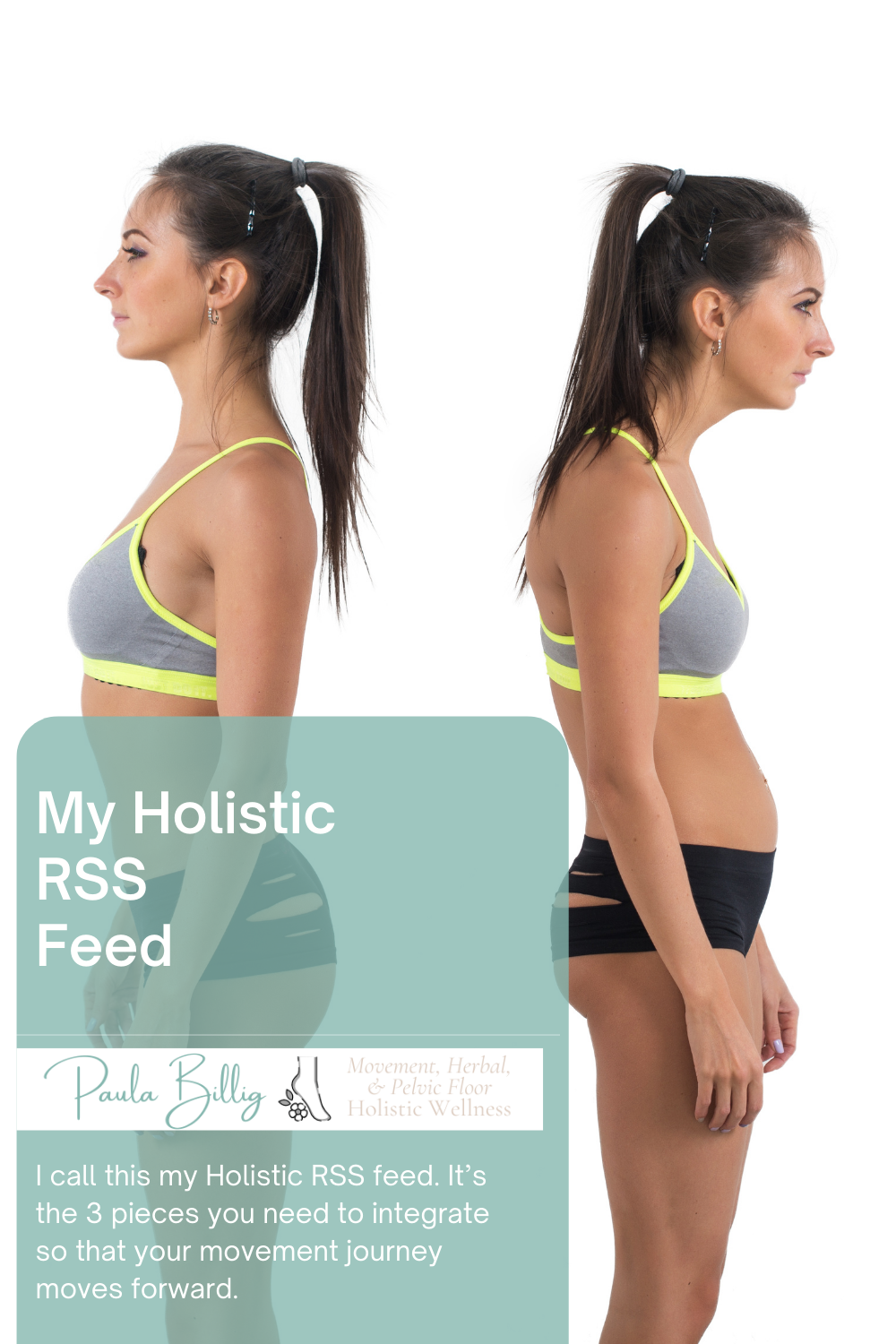
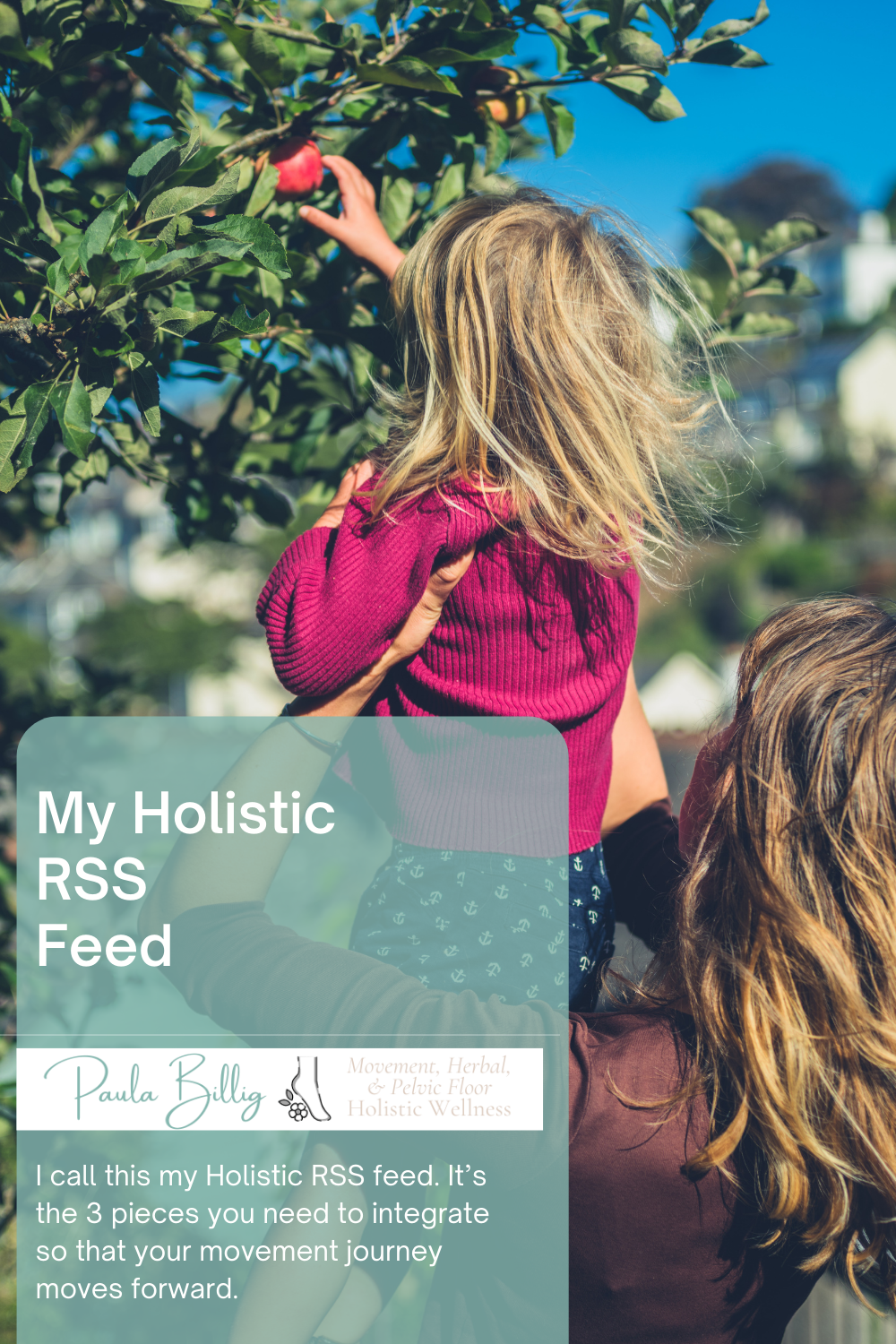
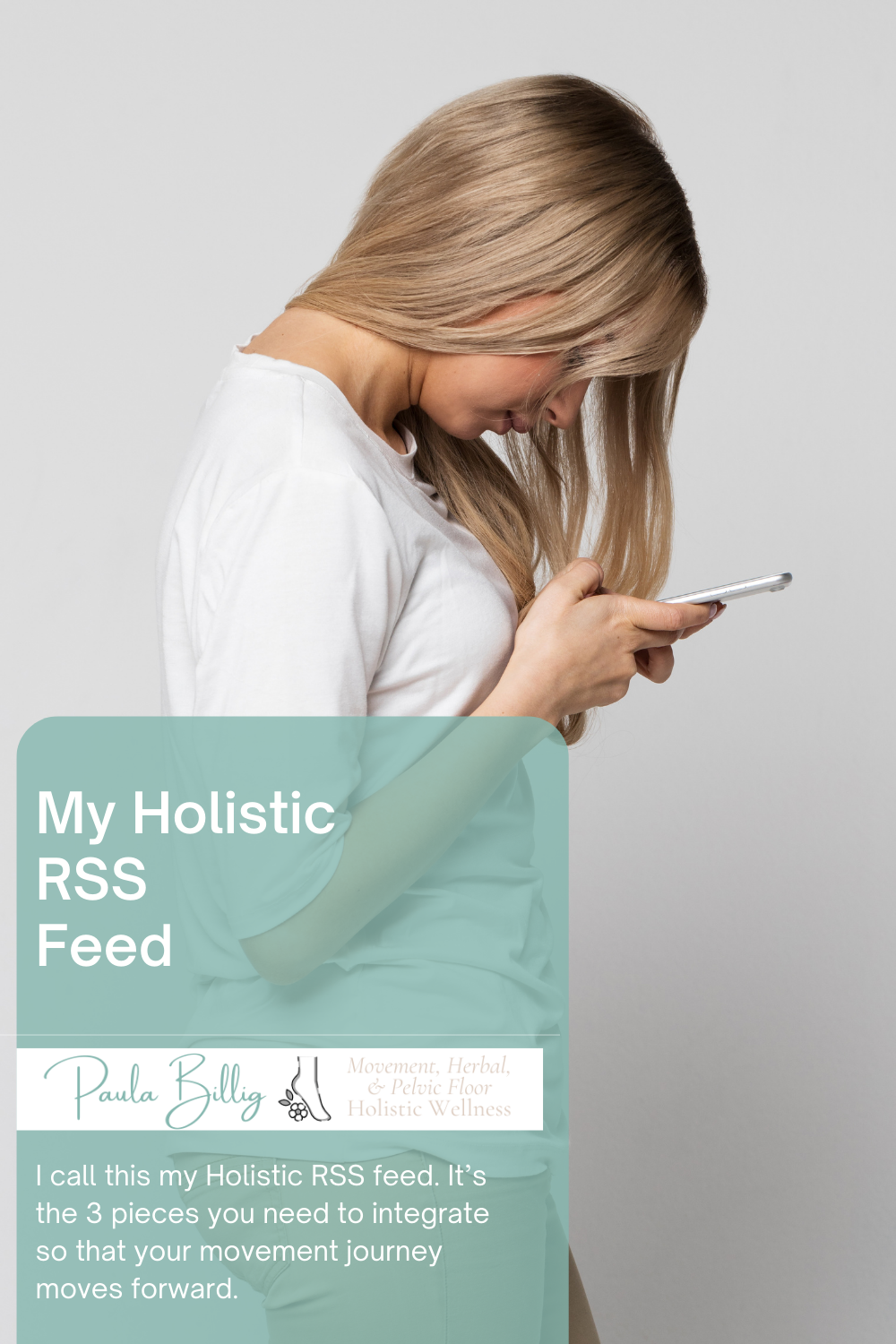
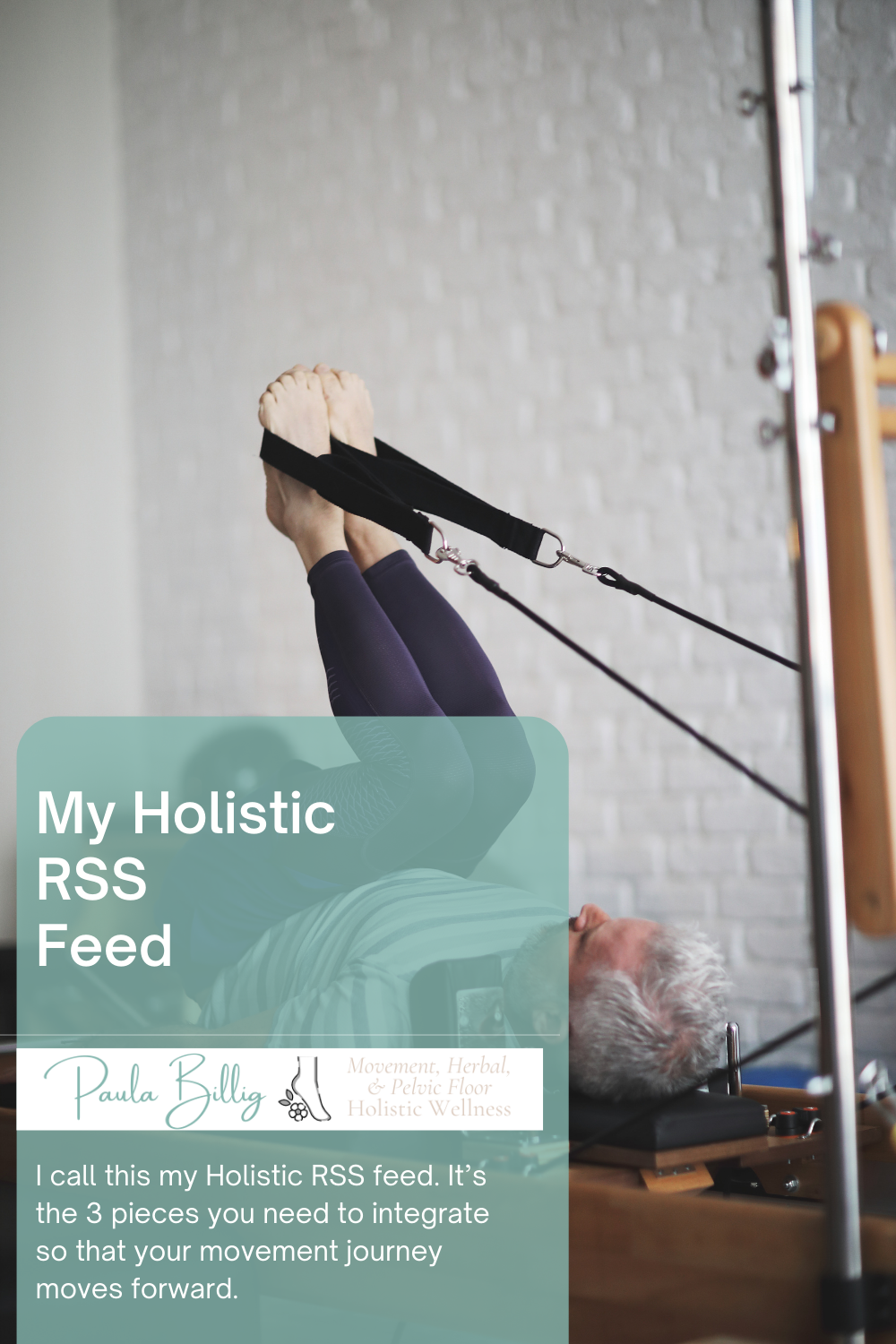
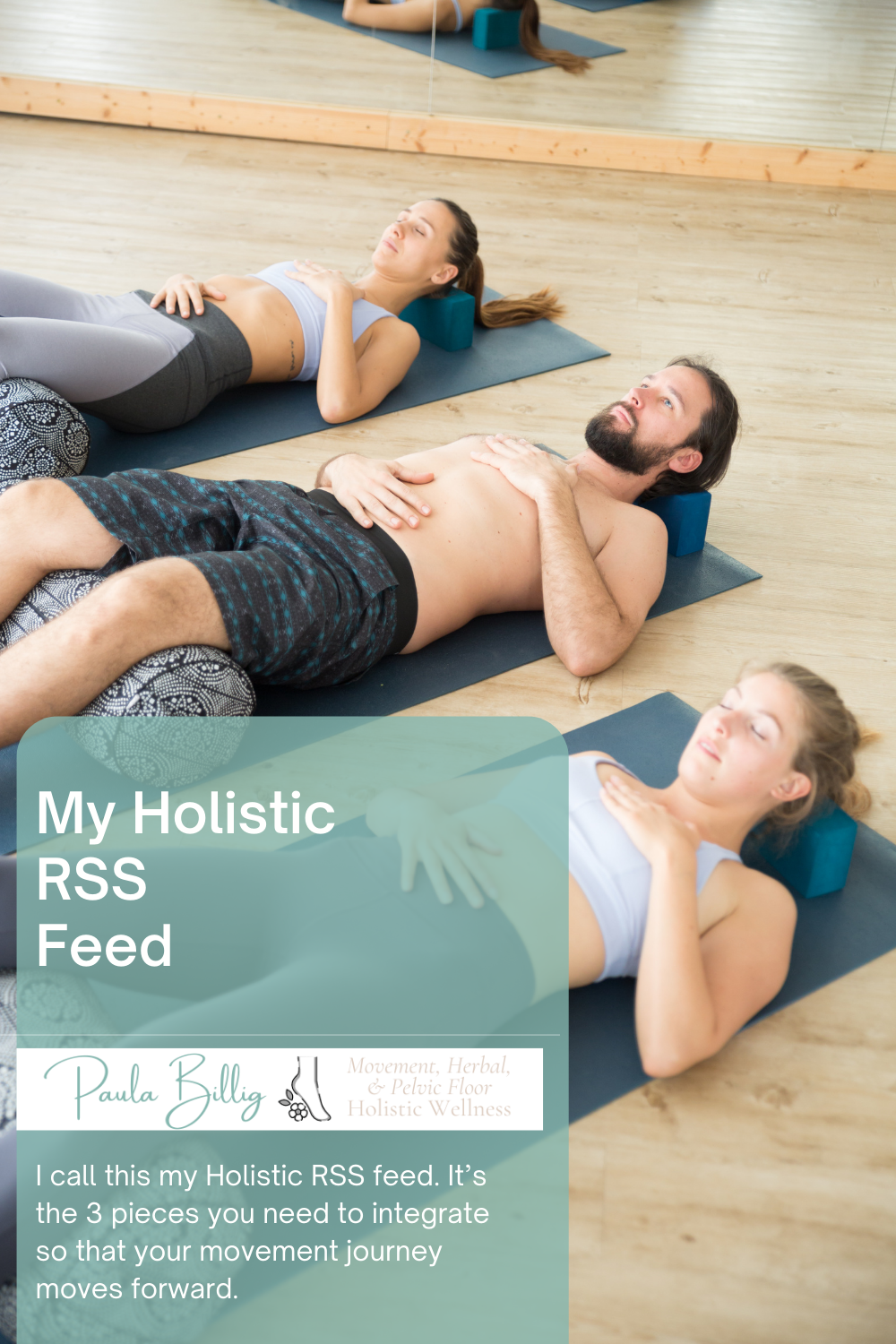
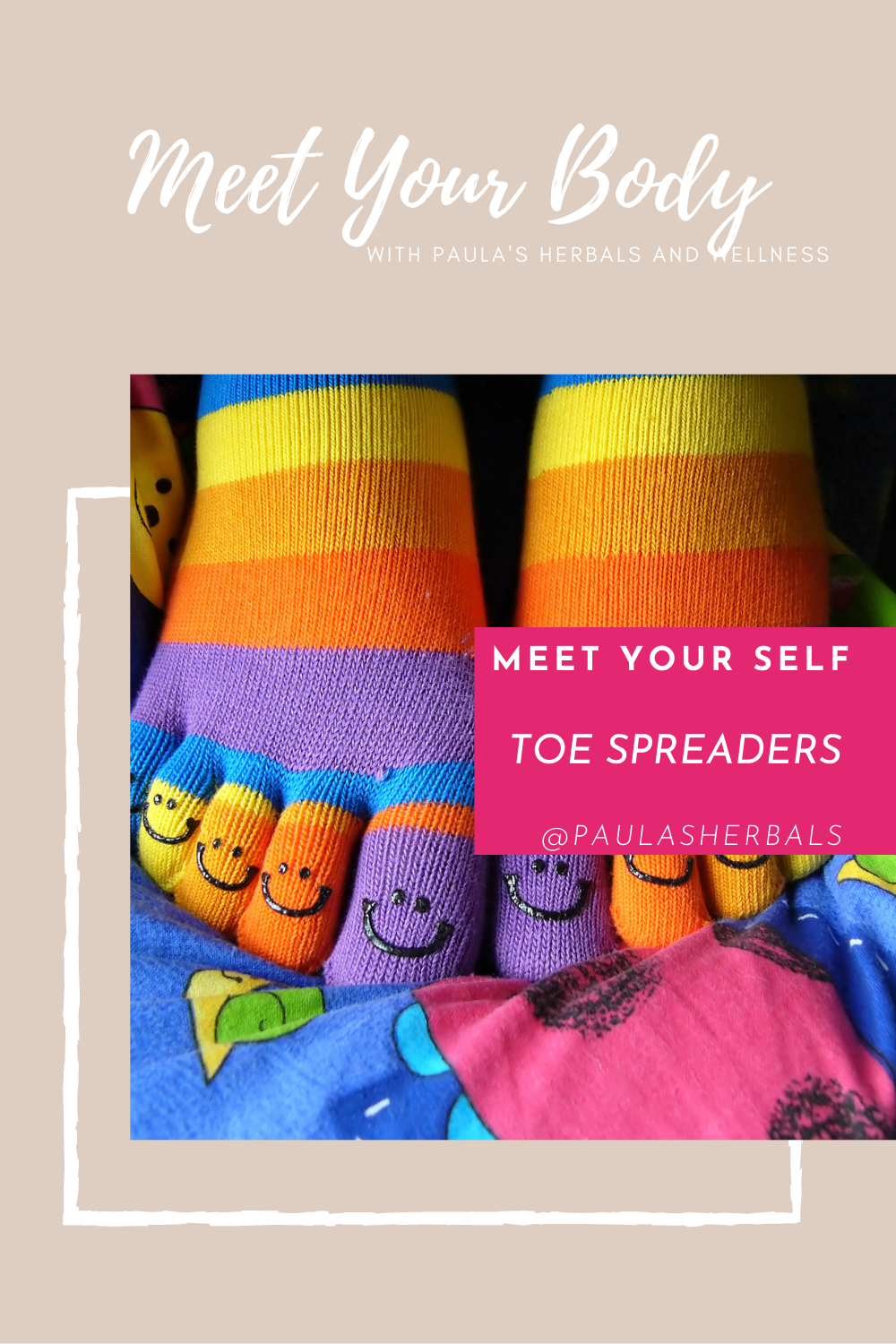
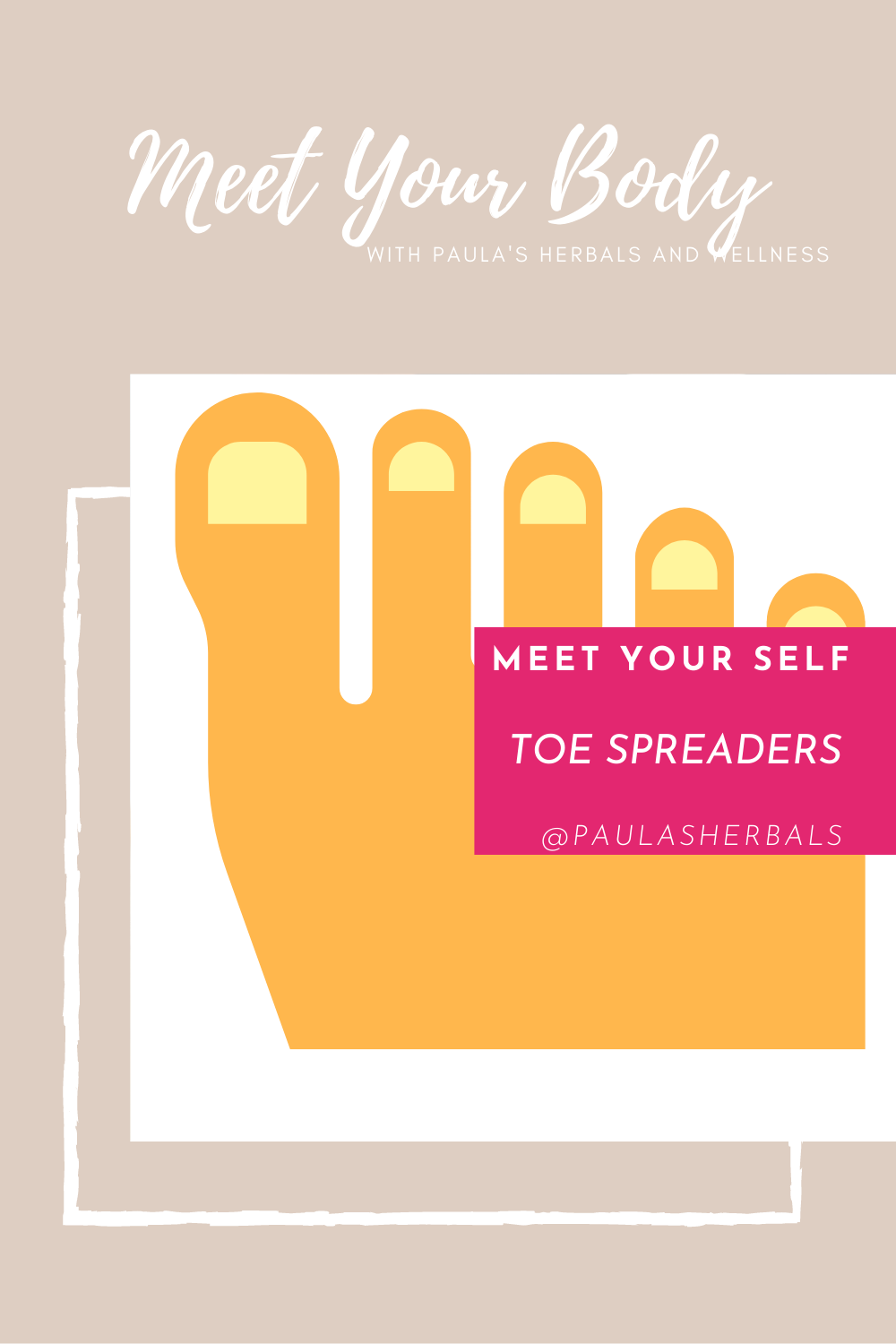
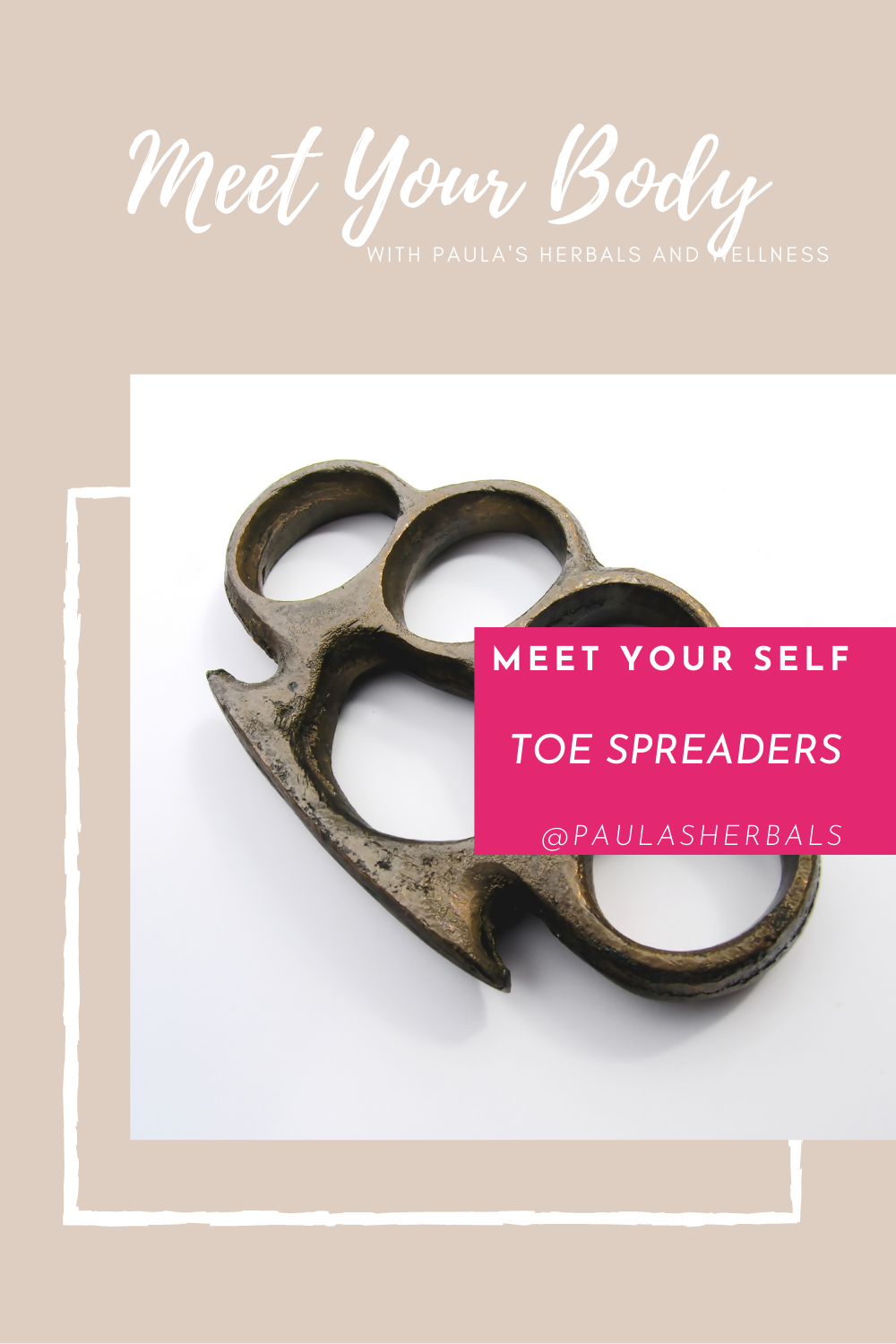
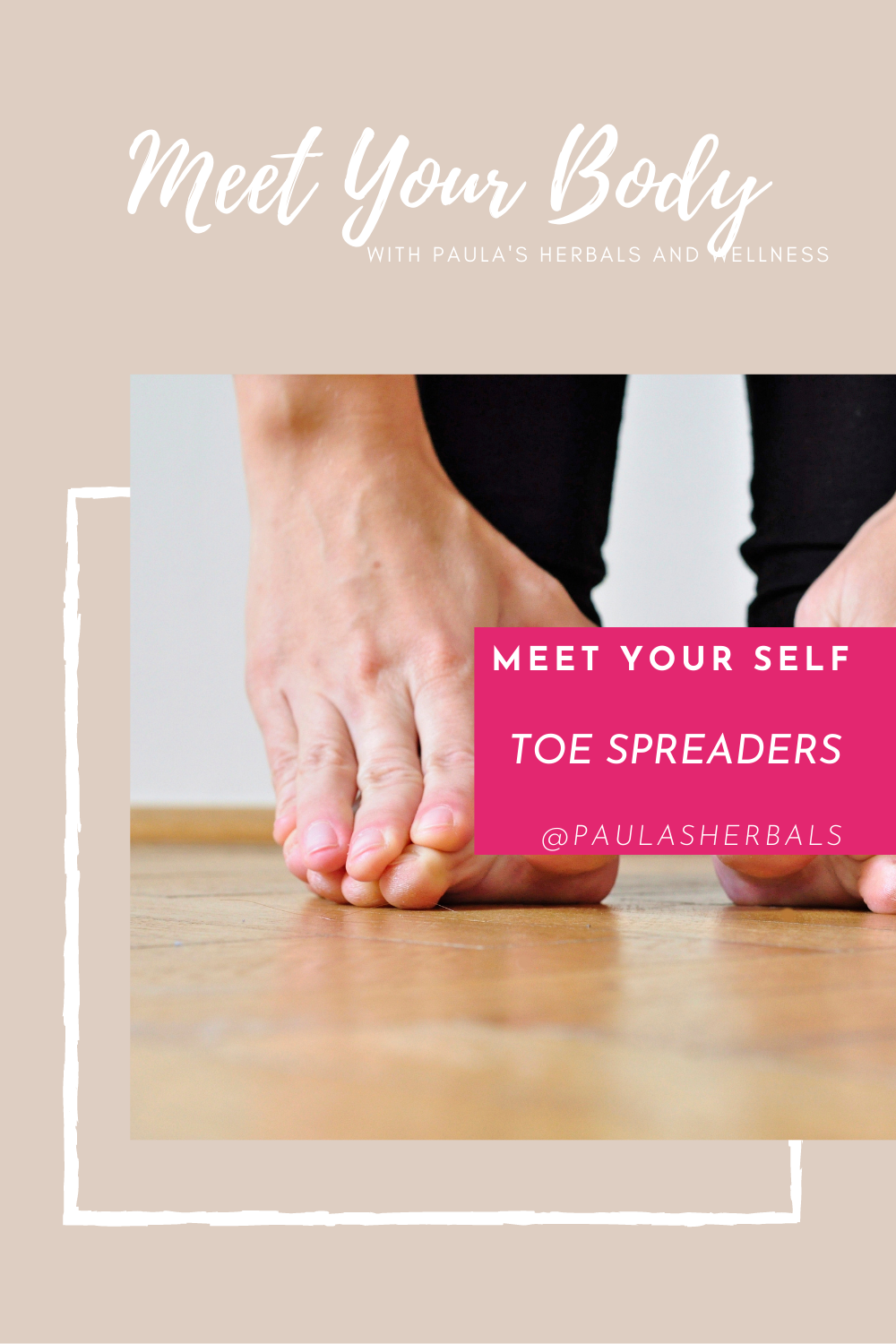
 RSS Feed
RSS Feed
